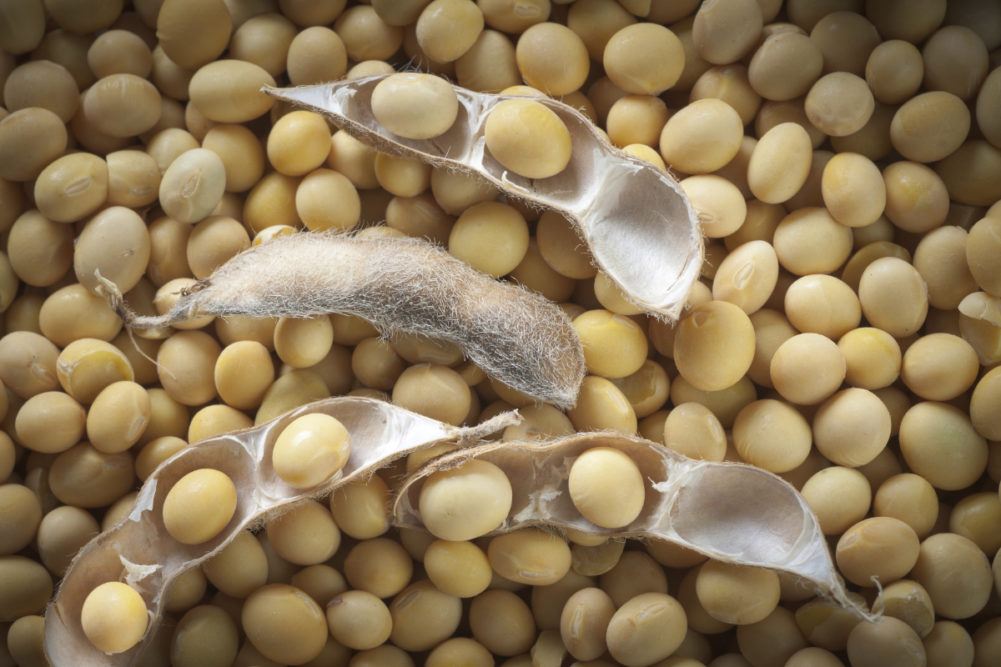BEIJING, CHINA — Demand for oilseeds in China are expected to rise in 2020-21 as the country’s hog and sow herds begin to recover from the impact of African swine fever, according to a March 19 Global Agricultural Information Network report from the US Department of Agriculture (USDA).
Total oilseeds demand is forecast at 148 million tonnes, up from 145 million in 2019-20, while the gradual recovery of the swine and soybean crush sectors will also increase soybeans imports to 86 million tonnes compared to an estimated 84 million on 2019-20 and up from 82.5 million in 2018-19, the USDA said.
The projected increase can also be attributed to the recent phase one trade agreement between the United States and China, which includes elimination of the 25% tariff on US soybeans. The tariffs had been in place since July 2018, leading to reduced soybean imports to China from the United States for an 18-month period.
The novel coronavirus (COVID-19) pandemic, which originated in Wuhan, China, and was first detected in December 2019, will have a significant impact on vegetable oil demand, according to the USDA.
“Vegetable oil use, which has shown robust growth in recent years due to a booming hotel, restaurant and institutional sector, is expected to grow more slowly in both 2019-20 and 2020-21 due to the impact of COVID-19 on demand for hotel and culinary services,” the USDA said. “The outbreak of the disease in early 2020 ushered in a period of restaurant closures and government-imposed restrictions on large gatherings, public transportation, and movement within and between provinces, dampening demand in the restaurant and tourism sectors.”
The report said domestic oilseed production is forecast to increase very slightly, from 59.9 million tonnes in 2019-20 to 60.6 million in 2020-21, the USDA said. Soybean output is projected unchanged at 17.3 million tonnes, based on stable acreage and average yield.
Likewise, rapeseed production is projected at an unchanged 13.2 million tonnes due to flat yield and planted area.






